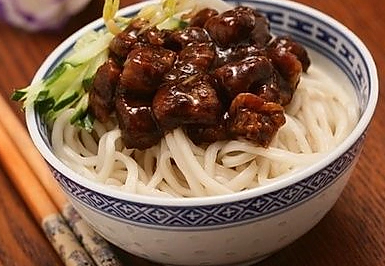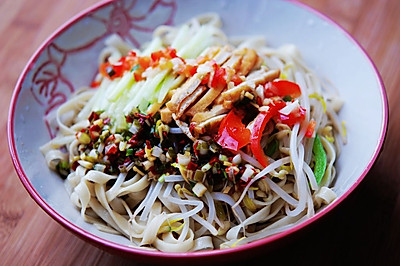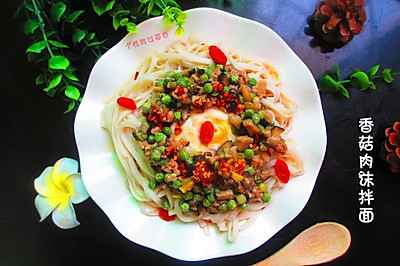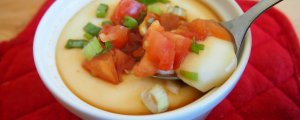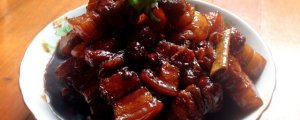
How to make delicious noodles? Harmony is the key
(72910 views)
There are many kinds of noodles, such as marinated noodles, fried noodles with sauce, etc. but no matter what kind of flavor, the noodles themselves are smooth and smooth. It's very important to boil and soak after cooking. Otherwise, the noodles will not taste good if they are boiled. So how can we make good noodles? And noodles are the key.
Cooking ingredients
Cooking Steps

Step1:300 g flour. Beat in 1 egg. Add 1 g salt. Half g edible alkali. Alkali is added so that the noodles are not sour. The aroma of noodles comes out. There is also a rural saying: salt is bone. Alkali is tendon. Add these two kinds. Noodles are more flexible. The taste is more pliable.

Step2:I use my hands directly. I don't need to worry about hand sticking. Add a little water each time. Gently mix and knead with the tips of my fingers. Add a little more water to the extent that I don't stick to my hands. And make the particles as shown in the figure

Step3:It's very difficult, but it doesn't matter. It can be gathered together.

Step4:Add a little more water. Sprinkle on the remaining powder.

Step5:Stir the rest of the powder. Stick it a little bit. Look at my hand. But it doesn't matter. Mix these wet noodles together. Use it to wipe the dry noodles on the edge of the basin. Wipe them all up. See? The basin is clean. Then start to knead the dough together. Rub hard. All kinds of kneading. It's very difficult. But don't add water all at once. Try to knead. Add and knead while kneading. Add water while kneading.

Step6:I knead it like this. There are still more than 10 grams of water left in 100 grams. I finally used less than 90 grams of water

Step7:For the final hand basin clean . You can also pour a little water to your han

Step8:Press your hands on the dough. Press the dough flat. Squeeze the water into it. We say in the local dialect. Chai. Rub and knead at the same time. Rub and turn the dough on the basin.

Step9:Finally, how about kneading it like this? The hands are clean and the face is smooth. I have 14 grams of water left. That means I only used 86 grams of water. Of course, the water absorption of flour is different. But try to use less water. And the flour should be as hard as possible.

Step10:Put on the fresh-keeping bag and refrigerate for 30 minutes. This link cannot be saved. Sometimes I make noodles in the morning. I refrigerate them for the night. Sometimes I put it in the basin. The countryside calls waking up for a while.

Step11:Take it out and rub it. It's very good. It's like thi

Step12:Roll the rolling pin into a cak

Step13:Cu

Step14:Continu

Step15:Manual noodle rolling machine, gears 1-4. Rolling step by step. I usually go to the fourth gear, and then walk with the noodle cutter head once

Step16:Remember to sprinkle the cloth to prevent sticking. It's OK to put it in the freezer. The next picture is the noodles I took out from the freezer. It's soaked for a long time. It's still very flexible. of cours

Step17:

Step18:
Cooking tips:A 1.300g face is the size of two adults. Enough. 2. Just put a little salt and alkali. If you put too much, the noodles will become hard and hard to knead. 3. If it needs to be frozen in the refrigerator, pack it as small as possible, and don't squeeze it before freezing. The extruded parts stick together. It's easy to turn into flour mound when you put it into the pot. After cooking for a few seconds, turn them over with chopsticks. Avoid sticking to the bottom of the pot. Cook for another few seconds. Use chopsticks to gently pull outside. The noodles will spread. I have time. Just make more noodles. The small package is frozen. It's convenient to eat. 3. The finished product shows half of the noodles. The other half. I cut it into thick ones. My daughter likes it. There are skills in making delicious dishes.
 Chinese Food
Chinese Food


